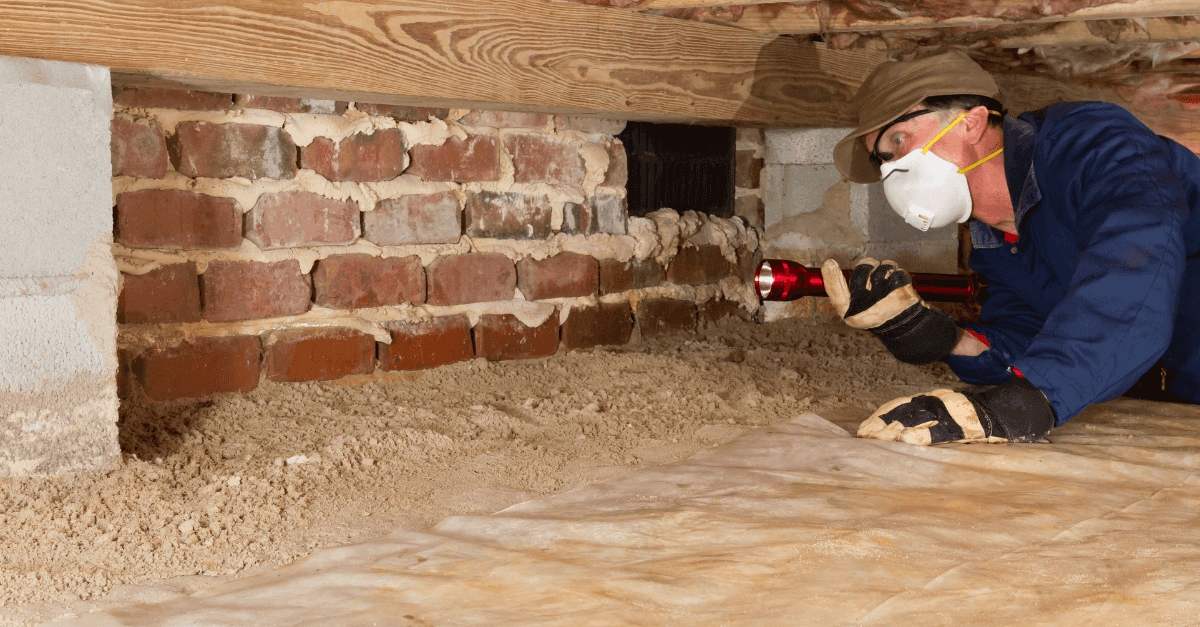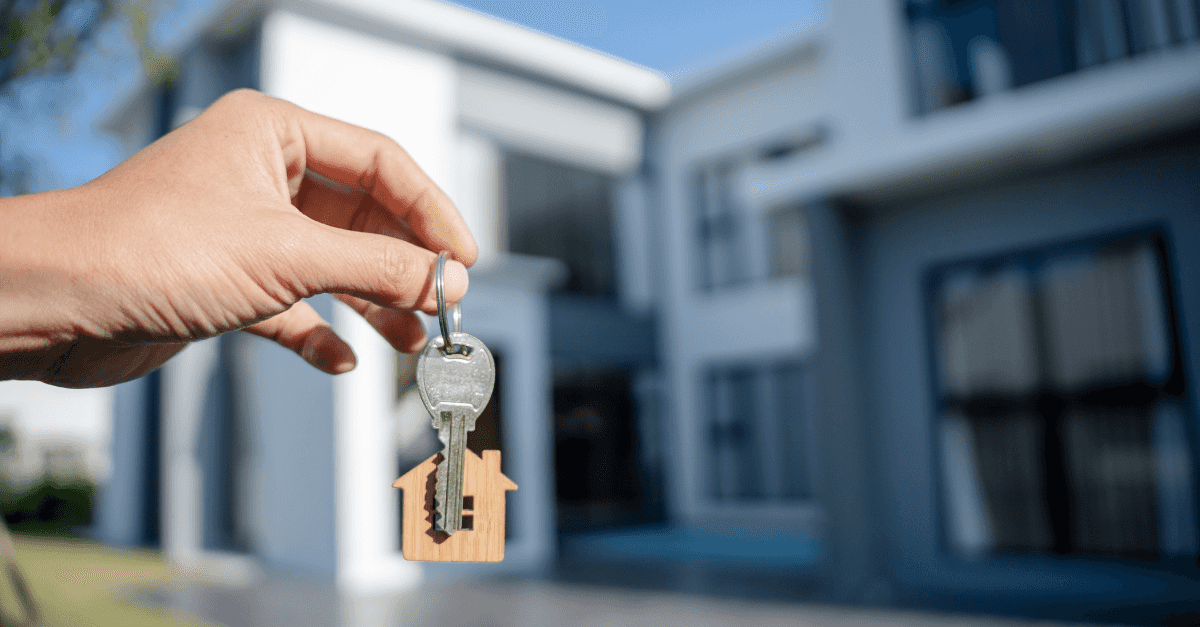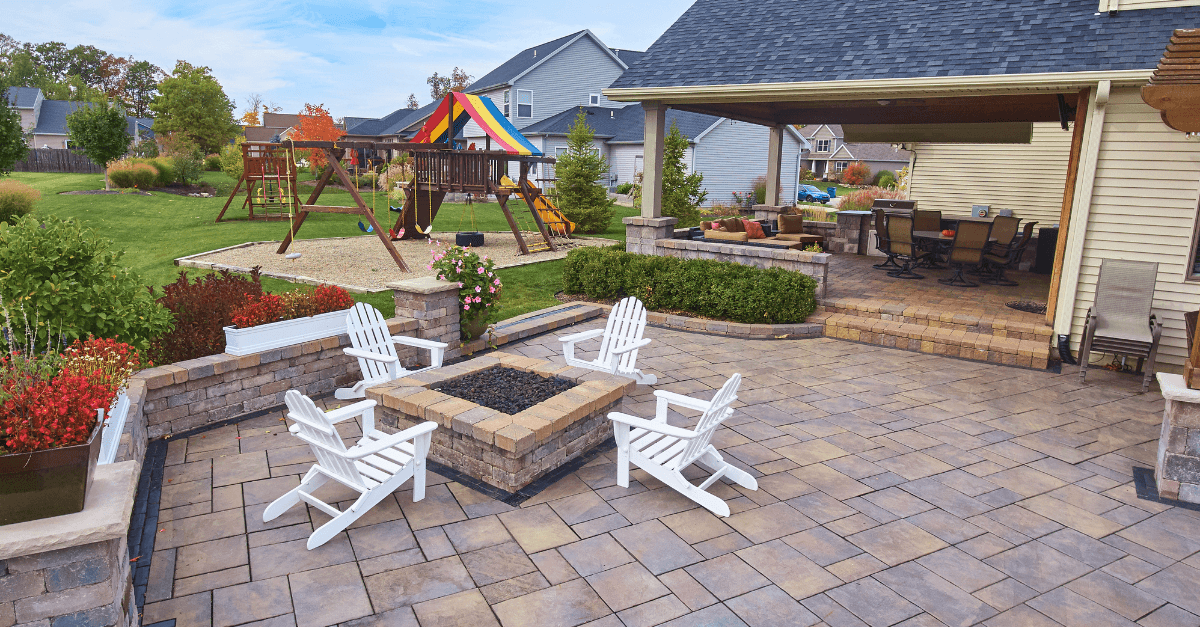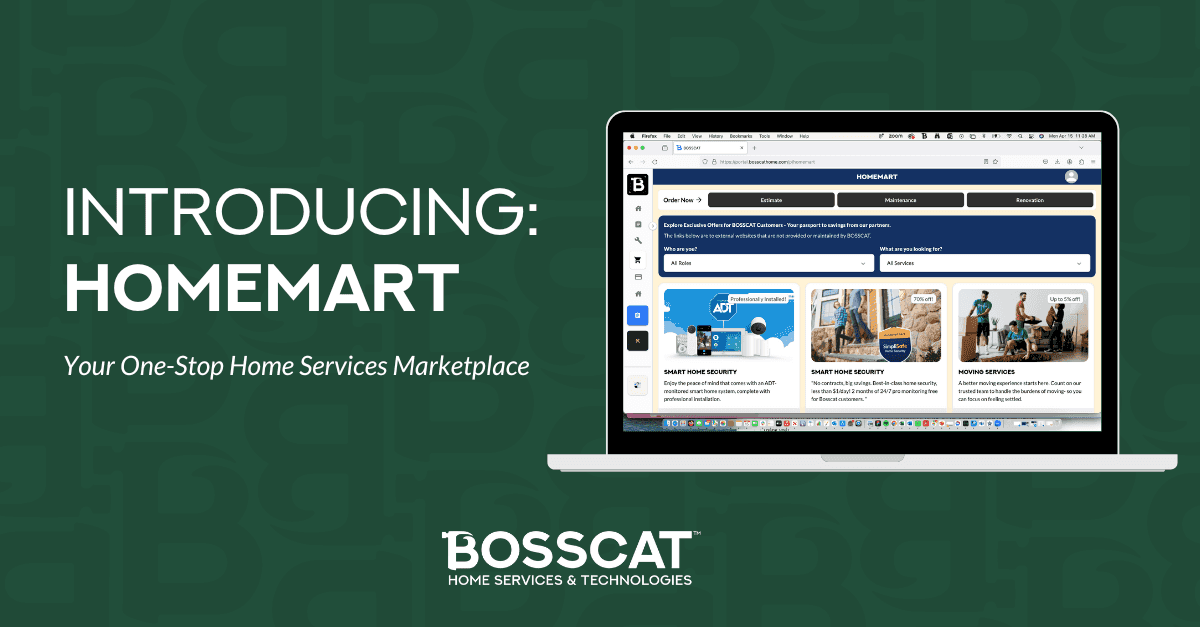The Most Common Home Inspection Nightmares

Home inspections are a crucial part of the home buying process. They involve a thorough examination of a home’s condition, identifying any potential issues or hazards that may affect its value or safety. A home inspection is conducted by a qualified professional who assesses everything from the structural integrity, electrical systems, plumbing, HVAC systems, and more. Home inspections provide buyers with valuable information about the condition of the property they are interested in purchasing.
The importance of home inspections cannot be overstated. For buyers, it offers peace of mind knowing that they are making an informed decision about their investment. It helps them understand the true condition of the property and any potential repairs or maintenance that may be required. For sellers, a home inspection can help identify any issues that need to be addressed before listing the property, ensuring a smoother transaction process.
Today, we’re sharing the most common home inspection finds and how as a homeowner – whether you are buying, selling or staying – can avoid these issues.
Leaky Roofs
Leaky roofs are a common issue found during home inspections and can have severe consequences if not addressed promptly. Some common causes of roof leaks include damaged or missing shingles, improper installation, clogged gutters, or aging roofing materials. These issues can allow water to penetrate the roof, leading to water damage, mold growth, and compromised structural integrity.
The consequences of a leaky roof can be significant. Water infiltration can cause rotting of the underlying structure, leading to weakened support beams and potential collapse. It can also damage insulation, ceilings, and walls, resulting in costly repairs. Additionally, prolonged exposure to moisture can create an ideal environment for mold and mildew growth, posing health risks to occupants.
To prevent roof leaks, regular maintenance is essential. This includes inspecting the roof for damaged or missing shingles, cleaning gutters regularly to prevent clogs, and addressing any signs of water damage promptly. Additionally, ensuring proper ventilation in the attic can help prevent moisture buildup and reduce the risk of roof leaks.
Faulty Wiring
Faulty wiring is a significant safety hazard that is often discovered during home inspections. Common electrical issues include outdated wiring systems, overloaded circuits, improper grounding, or faulty outlets. These issues can lead to electrical fires, electrocution, or damage to electrical appliances.
The safety hazards associated with faulty wiring are severe. Electrical fires can quickly spread throughout a property, endangering occupants’ lives and causing extensive damage. Faulty wiring can also result in electrocution if individuals encounter exposed wires or faulty outlets.
Addressing electrical issues is crucial for the safety of occupants. This may involve rewiring outdated systems, upgrading electrical panels to handle increased demand, or replacing faulty outlets and switches. It is essential to hire a licensed electrician to ensure that all electrical work is done correctly and meets safety standards.
Plumbing Problems
Plumbing problems are commonly uncovered during home inspections and can range from minor leaks to major issues such as burst pipes. Leaks can occur in pipes, faucets, or fixtures and can lead to water damage, mold growth, and increased water bills if left unaddressed. Clogs in drains or sewer lines can cause backups and flooding, resulting in extensive damage and costly repairs.
The consequences of plumbing problems can be significant. Water damage can compromise the structural integrity of a property, leading to rotting wood, weakened floors, and mold growth. Additionally, plumbing issues can disrupt daily activities and cause inconvenience for occupants.
Preventing plumbing issues starts with regular maintenance. This includes inspecting pipes for leaks, clearing drains of debris, and addressing any signs of plumbing problems promptly. Properly disposing of grease and avoiding flushing non-biodegradable items down toilets can also help prevent clogs and backups.
Structural Issues
Structural issues are a common finding during home inspections and can range from minor cracks to more severe settlement problems. Cracks in the foundation, walls, or ceilings may indicate underlying structural damage or settling of the property. These issues can compromise the stability of the entire structure if not addressed.
The consequences of structural issues can be severe. Foundation settlement can lead to uneven floors, cracked walls, and doors that do not close properly. If left unaddressed, these problems can worsen over time, resulting in costly repairs and potential safety hazards.
Mold and Mildew
Mold and mildew are frequently discovered during home inspections, especially in areas with high humidity or water damage. Exposure to mold spores can cause respiratory issues, allergic reactions, and other health problems in susceptible individuals. Identifying mold and mildew during an inspection is crucial for the health and well-being of occupants.
To identify mold and mildew, inspectors may conduct visual inspections, take air or surface samples, or use moisture meters to detect hidden moisture sources. If mold is found, remediation is necessary to remove the mold and prevent its regrowth. This may involve cleaning affected surfaces, improving ventilation, fixing moisture issues, or hiring professional mold remediation services for extensive infestations.
Preventing mold and mildew growth requires controlling moisture levels in the home. This includes addressing any water leaks promptly, ensuring proper ventilation in bathrooms and kitchens, and using dehumidifiers in areas prone to high humidity.
HVAC System Issues
Problems with heating, ventilation, and air conditioning (HVAC) systems are frequently identified during home inspections. These issues can range from inefficient operation to malfunctioning components. Proper maintenance and repairs are necessary to ensure optimal comfort and energy efficiency.
Common HVAC issues found during inspections include dirty filters, refrigerant leaks, faulty thermostats, or worn-out components. These problems can result in poor indoor air quality, inconsistent temperatures, increased energy consumption, or system breakdowns.
Regular maintenance of HVAC systems includes cleaning or replacing filters, inspecting and cleaning coils, checking refrigerant levels, and lubricating moving parts. It is recommended to hire a professional HVAC technician to perform annual inspections and address any issues promptly.
How to Avoid Home Inspection Nightmares
To avoid home inspection nightmares, it is crucial to take several steps throughout the home buying process. First and foremost, hiring a qualified home inspector is essential. Look for inspectors who are licensed, experienced, and knowledgeable about local building codes and regulations.
Regular maintenance and repairs are also key to avoiding surprises during a home inspection. Keeping up with routine maintenance tasks such as cleaning gutters, inspecting roofing, and servicing HVAC systems can help prevent major issues from arising.
Did you know that BOSSCAT offers maintenance services? With our Maintenance Program, your home gets the services it needs to run smoothly and preserve its core systems, saving you time and money. Learn more by clicking here!
During negotiations with sellers, it is important to review the home inspection report thoroughly and discuss any significant findings. Buyers can request repairs or financial concessions to cover the cost of addressing identified issues. Being prepared for potential issues and having a plan in place can help navigate the negotiation process more effectively.
In conclusion, home inspections are a vital part of the home buying process. They provide buyers with valuable information about the condition of a property, helping them make informed decisions and protect their investment. By identifying potential issues such as leaky roofs, faulty wiring, plumbing problems, structural issues, mold and mildew, pest infestations, and HVAC system issues, buyers can take appropriate measures to address these problems before moving in. Regular maintenance, hiring qualified professionals, and being prepared for potential issues are key to avoiding home inspection nightmares.


